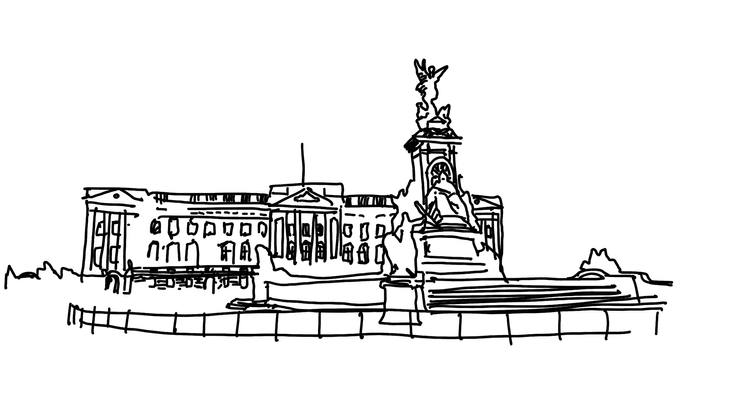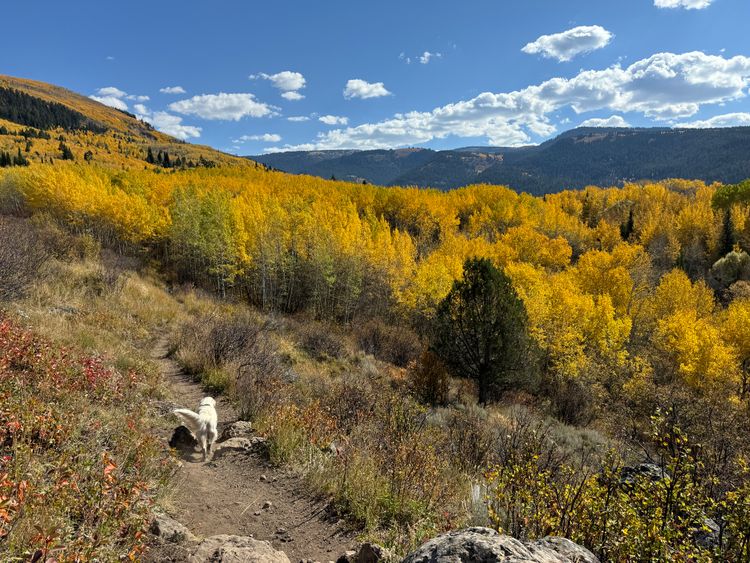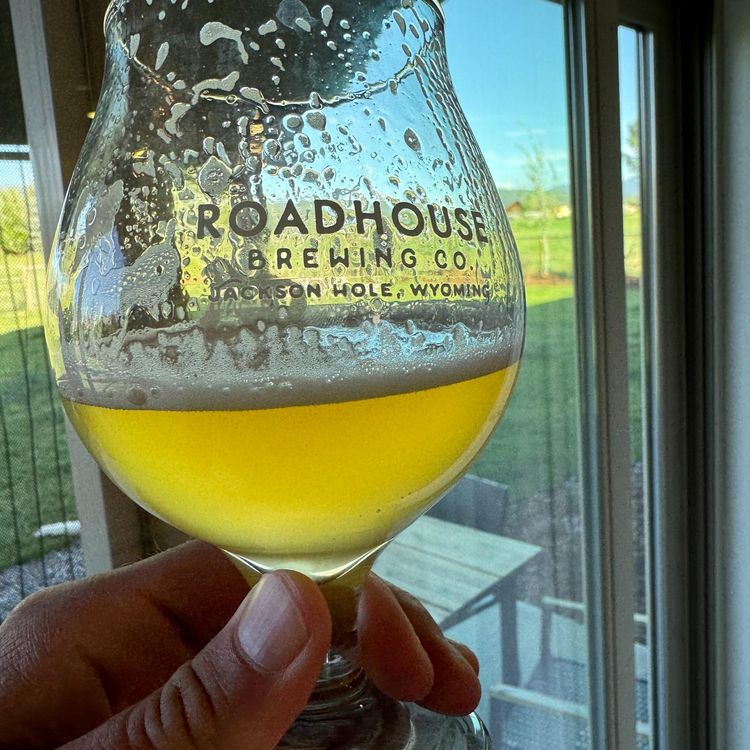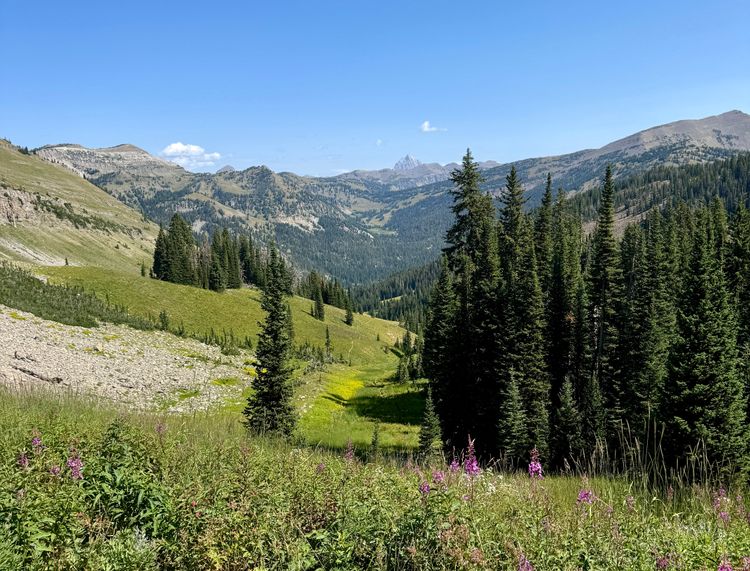On learning to fly, part I
The first installment of a two-part series on the philosophy and practice of learning to fly.
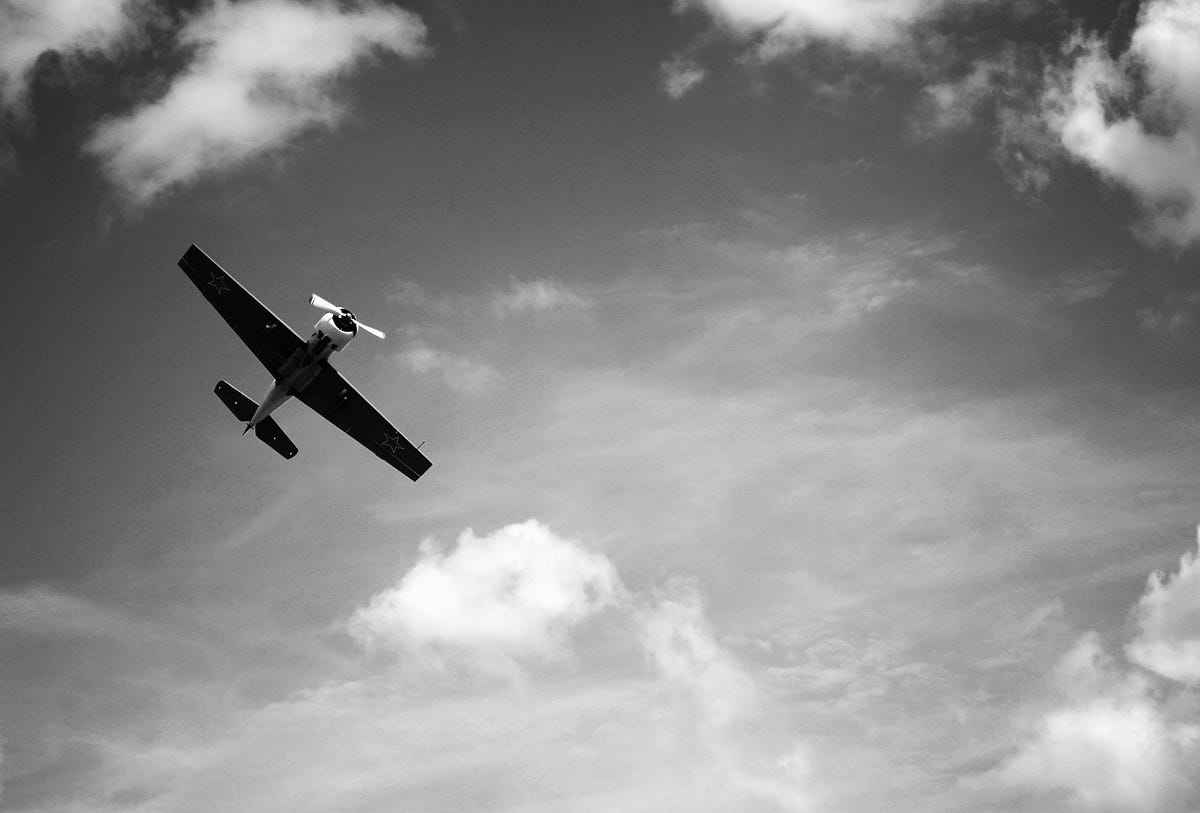
In March of 2020, San Francisco began its comprehensive lockdowns to stem the Coronavirus tide. Our usual sources of entertainment dried up faster than the moisture from the brief storms that sweep over Death Valley. I did what thousands of other nerds did with their pandemic free time and custom-built a PC. Something with enough horsepower to run an Oculus Rift with high-grade graphics and no dropped frames so I could get the hell out of reality for a while. It was escapism from weeks in the same room and neighborhood. Jumping on a flight with Fiona to go back to Utah, my home state, seemed dubious. All those enclosed and stifling spaces with hundreds of other people.
I’ve always been fascinated by airplanes, being an Air Force kid, raised on air shows and aviation museums. Something about those big, loud machines hanging in the air gives me goosebumps. Equipped with my Oculus and my souped-up computer, I started to wonder if I could use virtual reality to approximate a second life altogether: One where I decided be a pilot like my dad and not a Bay Area technologist. I moved on to VR flying games like War Thunder, Ace Combat, and others until I stumbled onto Digital Combat Simulator (DCS).
DCS is not for the faint of heart. It’s a way of life. My most popular article thus far is a beginners’ guide on how to get it up and running in VR. The learning curve is steep and the complexity of flying and combat mixed with all of the capricious technology intimidates even real fighter pilots. But the reward is its striking realism. I got in deep; acquired all kinds of fancy hardware. I upgraded my Rift and shelled out for the Logitech X-56 and rudder pedals. But after a while, I began to feel that at the core of all of this effort was a kind of emptiness. The same kind I get from binging on Netflix and popcorn for days on end. I was spending all of this time, energy, and money on high-grade simulation and yet I still would have no idea what to do if plonked in the cockpit of a real plane (there’s no keyboard shortcut to start the engine?).
I also began to have a sneaking suspicion that I was no closer to experiencing what my dad did in the Air Force than when I started. DCS, after all, is a game. Real flying comes with real risk. And that risk, I reasoned, was part of what makes flying meaningful. Your life is literally in your hands. G-forces, the occasional spurts of adrenaline, and thousands of other factors also make the feel of it impossible to fully replicate in a sim. It dawned on me that this digital second life, running like a parallel Java thread, was not going to cut it if I wanted to satisfy my ingrained desire to know what it actually is to fly.
Many flight schools offer a no-strings-attached demo flight and I decided to do one. You don’t have to commit to lessons or a membership, but you go up for about 30 minutes with an instructor in something like a Cessna 172 or a Piper Archer. They do most of the flying, but you get a few precious moments to take control of the yoke and the throttle. The first time you steer a real plane is elating. The forces work on your body and you can feel all of the tiny imperfections of the air though the flight controls. The view offers an entirely new perspective on your city. During my demo flight, I was awed at just how unfamiliar everything felt after months of DCS. It was completely alien. I was humbled. After we returned, I decided right there on the ramp to continue the program.
After starting formal lessons, it became apparent that this was real work. The student materials package came with a stack of books, which focus on everything from flight physics to the particular fuel and electrical systems of your aircraft to more than you ever wanted to know about weather. It’s an enormous amount of information to ingest. On top of this, the practice of flying takes a lot of finesse, even seemingly simple tasks like taxiing. It took me many flight hours to figure out how to manipulate the rudder pedals to prevent the plane from swerving left and right in giant arcs. But as with most students, landing the plane was for me the most difficult task of the entry-level maneuvers. There is an art to the flare-and-settle that you can only develop from repeated tries. When a student pilot conducts all flight operations with no instructor assistance, it’s a massive achievement.
But where does this all lead if, as in my case, you’re not looking to make flying a career? After about ten flight hours and completing the ground school courses I felt like I had attained my initial objective, which was to become basically acquainted with what it means to be a pilot. I’d developed a sense for everything one needs to consider before takeoff, how to turn, climb and descend. I’d performed various kinds of stalls and other maneuvers. Why continue on to the full Private Pilot certificate? And even after that, why continue? Generally-speaking, it’s much more economical to fly coach on a Boeing 737 to get where you need to go.
In a similar vein, my father hasn’t flown regularly since leaving the Air Force and I’ve asked him why he doesn’t indulge in a little general aviation now and again. Imagine, he says, driving a Ferrari (the F-15E Strike Eagle) for a couple decades and then downgrading to a Ford Pinto (something like a Cessna 172). Why would you want to do that? My dad’s take makes me laugh, although I notice that there are plenty of other ex-Air Force types who adore flying the smaller, slower general aviation planes.
The answers to all of these questions depends on how you frame your value judgments. You can either see a practice, such as flying, as a utility; a means to an end (like flying for money or to get somewhere quickly), or you can view it as a craft, where you strive continuously to learn and you treat every improvement as an end in itself. For me, flying is a craft, like my relationships, my job, and writing. At the center of every one of these areas is a ritual or repetitive element of some kind. Developing relationships takes repeated acts of love and kindness. Long term success in a career takes daily, incremental refinements of certain skills. It’s rare to find anyone good at writing who hasn’t practiced extensively. And, importantly, there is no bottom. There is no point, even flying the same Cessna on the same route every day, where you’ve learned it all. You can only ever approximate perfection.
With flying, ritual is similarly integral to learning, but also a way to find meaning in the flight. We repeat maneuvers, checklists and radio calls. It is thrilling to nail them. And even within the parts I already grasp, there is always some aspect that I never knew or understood previously: New functions in my avionics, or dialing in my trim technique. That feeling is addictive. It reminds me sometimes of Catholic mass, which I grew up attending. You repeat the same genuflections and sacraments in the same order all while meditating on your connection to God. As a kid, I often felt tortured and bored sitting through that cycle. As an adult, I understand that the sameness is the point and that it is possible to look past the repetitions and find joy in looking at a scripture verse or a song in a new light.
A lot of the people I’ve come across at my flight school are very goal-oriented. Most are there to get certifications as a pilot or hours as a CFI (Certified Flight Instructor) to ultimately make a career out of it. They look at me funny when I say I’m flying for the love of the craft. But when I glance across the San Carlos ramp at the guy sitting on a lawn chair in his hangar next to his restored T-34 Mentor with bullet-hole stickers plastered to the canopy, I see a fellow traveler. The hangar is full of motorcycles and decorated with Air Force and miscellaneous flying paraphernalia. He doesn’t fly for money or hours; he brings family and friends out for joyrides. To me, he serves as a good reminder of the majesty of flight for its own sake next to the fleet of Cessnas purposed to train pilots for the airlines.
